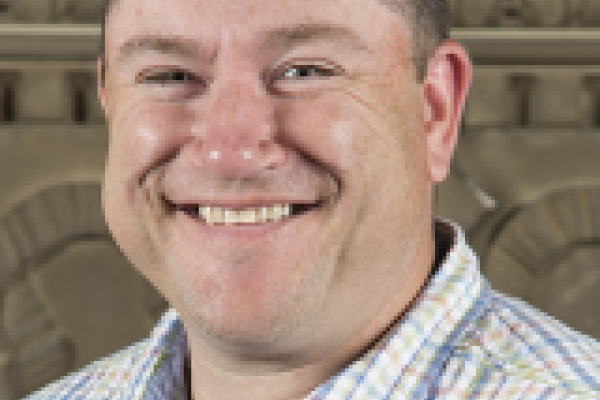
Thu, January 12, 2017
11:30 am - 12:30 pm
Smith Seminar Room, 1080
Please join us for a CME Seminar presented by Distinguished Professor Chris Leighton from the University of Minnesota as he shares his research on Electrolyte Gating of Perovskite Oxide Ferromagnets and Semiconductors.
Abstract:
Recently, electrolyte gating techniques employing ionic liquids have proven remarkably effective in tuning large carrier densities at the surface of a wide variety of materials. These include organic conductors, conventional semiconductors, 2D materials, binary oxides, and transition metal oxides, as well as perovskites and other complex oxides. In essence these electrolytes enable electric double layer transistor operation, the very large specific capacitances (10’s of F/cm2) generating electron/hole densities up to 1014 - 1015 cm-2, i.e., significant fractions of an electron/hole per unit cell in most materials. Notable successes include discovery of superconductivity in KTaO3, tuning over a dome of superconductivity in MoS2 and YBa2Cu3O7-, and electrical control of the insulator-metal transition in VO2, although many questions remain. Uncertainties include the true doping mechanism (i.e., purely electrostatic vs. electrochemical (e.g., redox) based), the relation between 2D surface and bulk chemical doping, the role of electrostatic disorder, and the universality of the approach. In this seminar I will review the application of electrolyte gating using not ionic liquids, but primarily ionic gels (or ion gels), which enable simple processing of all-solid-state devices. After a brief illustration of the power of the technique using polymer semiconductors [1], single crystal small molecule semiconductors [2], and In2O3 [3], I will discuss application to the perovskite oxide ferromagnet La1-xSrxCoO3 (LSCO) [4,5] and the high room temperature mobility perovskite semiconductor BaSnO3 (BSO) [6]. In LSCO the findings significantly clarify the issue of charge carrier vs. oxygen defect creation, illustrate gate-control of magnetization, Curie temperature, and magnetoresistance, and suggest gate-induced cluster percolation [7]. In BSO our data indicate reversible electrostatic control of charge carrier density over an unprecedented gate bias window, leading to wide-range control over semiconducting transport. These results highlight the extraordinary utility of electrolytes for control of materials functionality.
Work performed in collaboration with: J. Walter, H. Wang, W. Xie, S. Wang, B. Luo, P. Orth, B. Yu, G. Yu, X. Zhang, M.-J. Ha, M. Manno, B. Jalan, C.D. Frisbie, M. Greven, R. Fernandes and B. Shklovskii. Work supported primarily by the University of Minnesota NSF MRSEC.
[1] S. Wang, M.-J. Ha, M. Manno, C.D. Frisbie and C. Leighton, Nat. Commun. 3, 1210 (2012).
[2] W. Xie, S. Wang, X. Zhang, C. Leighton and C.D. Frisbie, Phys. Rev. Lett. 113, 246602 (2014).
[3] W. Xie, X. Zhang, C. Leighton and C.D. Frisbie, in press, Adv. Electron. Mater. (2016).
[4] J. Walter, H. Wang, B. Luo and C. Leighton, ACS Nano 10, 7799 (2016).
[5] J. Walter, B. Yu, G. Yu, M. Greven and C. Leighton, in preparation (2017).
[6] H. Wang, K. Ganguly, J. Walter, B. Jalan and C. Leighton, in preparation (2017).
[7] P. Orth, R. Fernandes, J. Walter, C. Leighton and B. Shklovskii, under review (2017).
